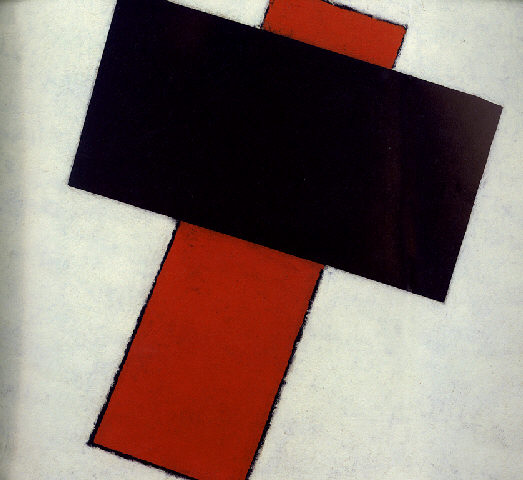Periodically an artist will strike me as somewhat of an hero. Sometimes it's as simple as the look on their face that describes their personality. (For all of the reading and research, we still tend to
stereotype all artists.) Other times, it's because of the life they've lived and the experiences they've had. Mostly though, it's their
persistence in a particular oeuvre that impresses me.

 Click thumbs for largr image.
Click thumbs for largr image.There are many artists who fit into this category, but it just so happens that I was looking at
Kuno Gonschior's work today and was struck by the absolute
consistency of his work through the years.
The painting on the left "Untitled", seems to be less about pointillism than it is about attaching bits of paint to the canvas. Done in 1959/60, it's the earliest example of his work on his
website, which is all in German. This is about as straight forward as you can get; attach bits of paint (just one color, using a palette knife, probably) to what looks like raw linen. But it's well done and it works. Fast forward to 2006 and the painting on your right, titled "Landscape (Magenta)". He's absolutely made a lot of progress; the colors are enough to make you swoon. But he's still completely true to that first concept of attaching paint to canvas and gives us so much more than just 2 dimensions.
Some of us need to try this and that, searching for answers to questions we don't even know. It's just a real pleasure to see someone who found an answer and so
eloquently reiterated it
through the years.
Both images are from from his website Here's the
link to his "Works" page.
You'll absolutely want to go
here and take the beautiful virtual tour of his show at
Galerie Frank
Schlag &
CIE.
Then go
here to see another great virtual tour of his exhibit at Museum
für Konkrete Kunst.
And you'll want to see the powerful new paintings (some from 2007) from his show that just ended March 8
th at the
Stux Gallery, New York.


















